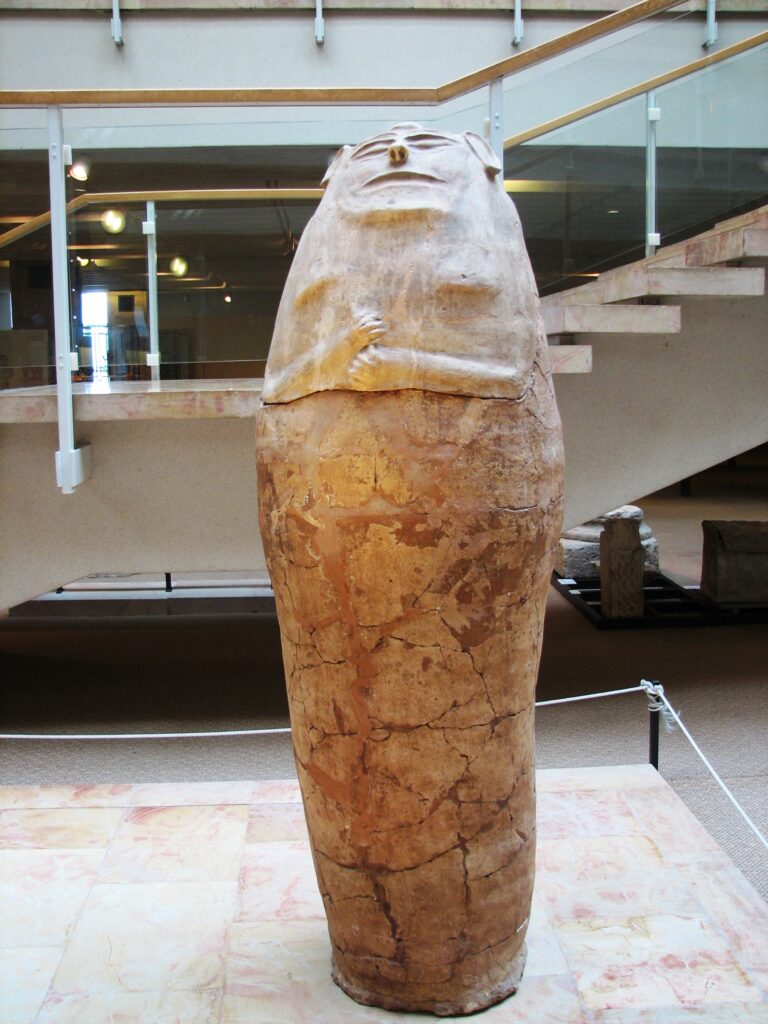Location
Deir El-Balah is located 1.5 km from the Gaza coast and about 13 km southwest of modern Gaza. The site, covering a multileveled settlemen


Identification
The site has been identified as an important settlement from the Late Bronze Age to the Byzantine period, with significant Egyptian influence in its archaeological remains.
History
Deir El-Balah’s history spans from the Late Bronze Age, through the Iron Age, and up to the Byzantine period. The Late Bronze Age strata, particularly Egyptian in character, are the most significant.
Excavations
Fifteen seasons of excavations were conducted between 1972 and 1982 by T. Dothan, uncovering a multileveled settlement and a Late Bronze Age cemetery.
Findings
- Late Bronze Age:
- Stratum 9: The earliest settlement, dating to the el-Amarna period, featured a large residential complex around an artificial lake, indicating Egyptian influence. The complex included mud-brick units and an array of Egyptian and Canaanite pottery.
- Stratum 7: A monumental structure, likely a fortress or tower, was constructed near the artificial lake. This structure fits the depiction of military installations on the map of Seti I’s campaigns.
- Strata 6-4: These strata marked a shift to an artisans’ quarter and industrial area, replacing the residential complex and fortress. Kilns and residential buildings were uncovered, suggesting a local industry, particularly for manufacturing anthropoid coffins.
- Iron Age:
- Stratum 3: This period featured Philistine pottery.
- Stratum 2: The Iron Age II settlement, dating to the tenth-ninth centuries BCE.
- Byzantine Period:
- Stratum 1: Remains from this period, although not as rich as the earlier strata, contributed to understanding the site’s later history.
Sources
Stern, Ephraim-New Encyclopedia of Archaeological Excavations in the Holy Land 2-Israel Exploration Society (1993)

